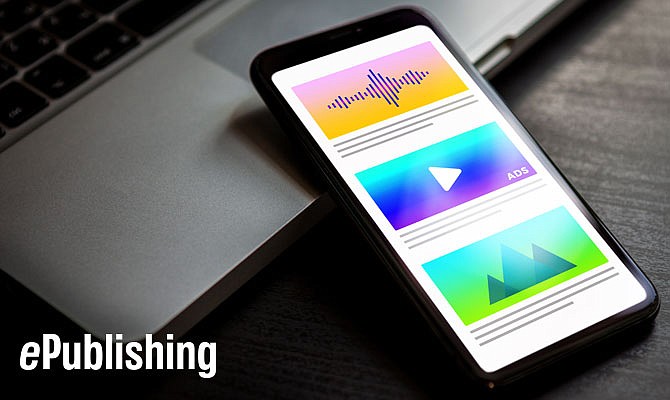
News
Four Key Tactics for Success with Native Advertising
February 24, 2014

News
February 24, 2014
There’s a new kid on the block in the neighborhood of digital advertising. You may have seen him hanging around. Sometimes he looks a lot like the other kids and other times, well, he looks more like the adults, but his accent sets him apart.
We probably sound a little confusing, and that’s the point. Native advertising is still a kid, and face it, kids don’t always make sense because they are busy trying to figure out who they are.
But that doesn’t mean that you should avoid the new kid. In fact, the sooner you introduce yourself, the sooner you will become friends. And, here are a few tips for starting a fruitful relationship:
1) Invest in Native Ads as you would a new product. Native advertising has emerged as a diverse, multi-layered, media-rich product. It’s got a lot more bells and whistles than your average banner ad and often requires more resources to create. It’s also a highly specialized, custom product, built to suit the brand and its audience; it’s not mass produced. It’s a premium product and you need to sell it that way.
What does that mean?
2) Celebrate the standards. There has been a lot of discussion around native ads and where they may or may not deceive readers. That debate has resulted in a call for standards, and while the standards are relatively young, they do exist. Back in December, IAB released a playbook to provide guidance to publishers. Sticking closely to those guidelines and checking in regularly will only serve to give you greater credibility—and a voice—as the standards evolve.
3) Impose your own standards. Content is still king, even in the context of native advertising. Because, what it comes down to is that your audience is looking for engaging, useful and entertaining material. They probably care a little less about where it comes from (but they still want the option of knowing). If native advertising is done poorly, publishers risk diluting their brand and losing their audience.
Yet, this has proven challenging, when the ads are created by the advertisers and not your own editorial team. Luckily, there are a few successful examples out there, including BrandVoice.
And what do they tell us?
4) Put your EPS to work. Your Enterprise Publishing System has an array of features that help you to market your content. Native ads should not be left out in the cold.
For example:
So, next time you take a stroll around the block, find that new kid and shake his hand. Put these four tactics to work, and the kid will do right by you.